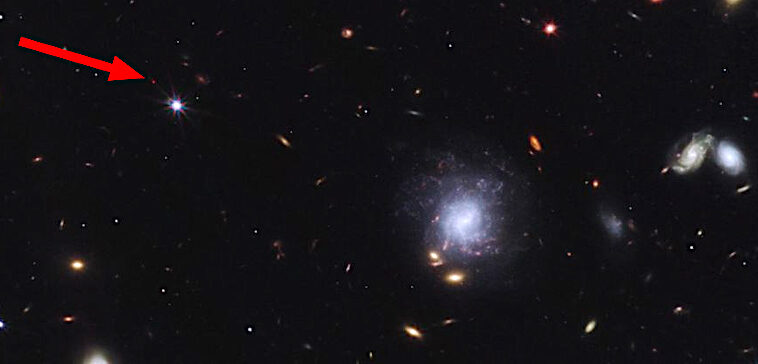
© NASA, ESA, CSA, STScI, A. Levan/IMAPP, Warw, A. Pagan/STScIThe site of the gamma-ray burst and kilonova
The kilonova explosion that resulted when two neutron stars slammed into each other a billion light-years away turned out to be factory for rare heavy elements.
It's the first time the James Webb Space Telescope has probed such an event; and, in the aftermath of a colossal gamma-ray burst that emerged on 7 March 2023, the
telescope's data revealed evidence of tellurium - a rare metal too heavy to be forged in the hearts of stars by the process of fusion.There was also a suggestion of other metals, such as
tungsten and selenium. The discovery, researchers say, confirms
neutron star mergers as a source of heavy elements, an important piece of how our Universe makes material and spreads it across space.
"There are only a mere handful of known kilonovas, and this is the first time we have been able to look at the aftermath of a kilonova with the James Webb Space Telescope,"
says astrophysicist Andrew Levan of Radboud University, who led the analysis.
He adds, "Just over 150 years since Dmitri Mendeleev wrote down the periodic table of elements,
we are now finally in a position to start filling in those last blanks of understanding where everything was made."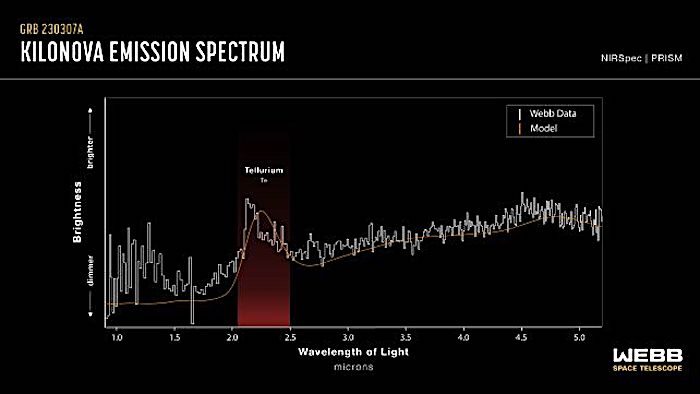
© NASA, ESA, CSA, J. Olmsted/STScIThe spectrum observed y JWST, with the signature of tellurium.




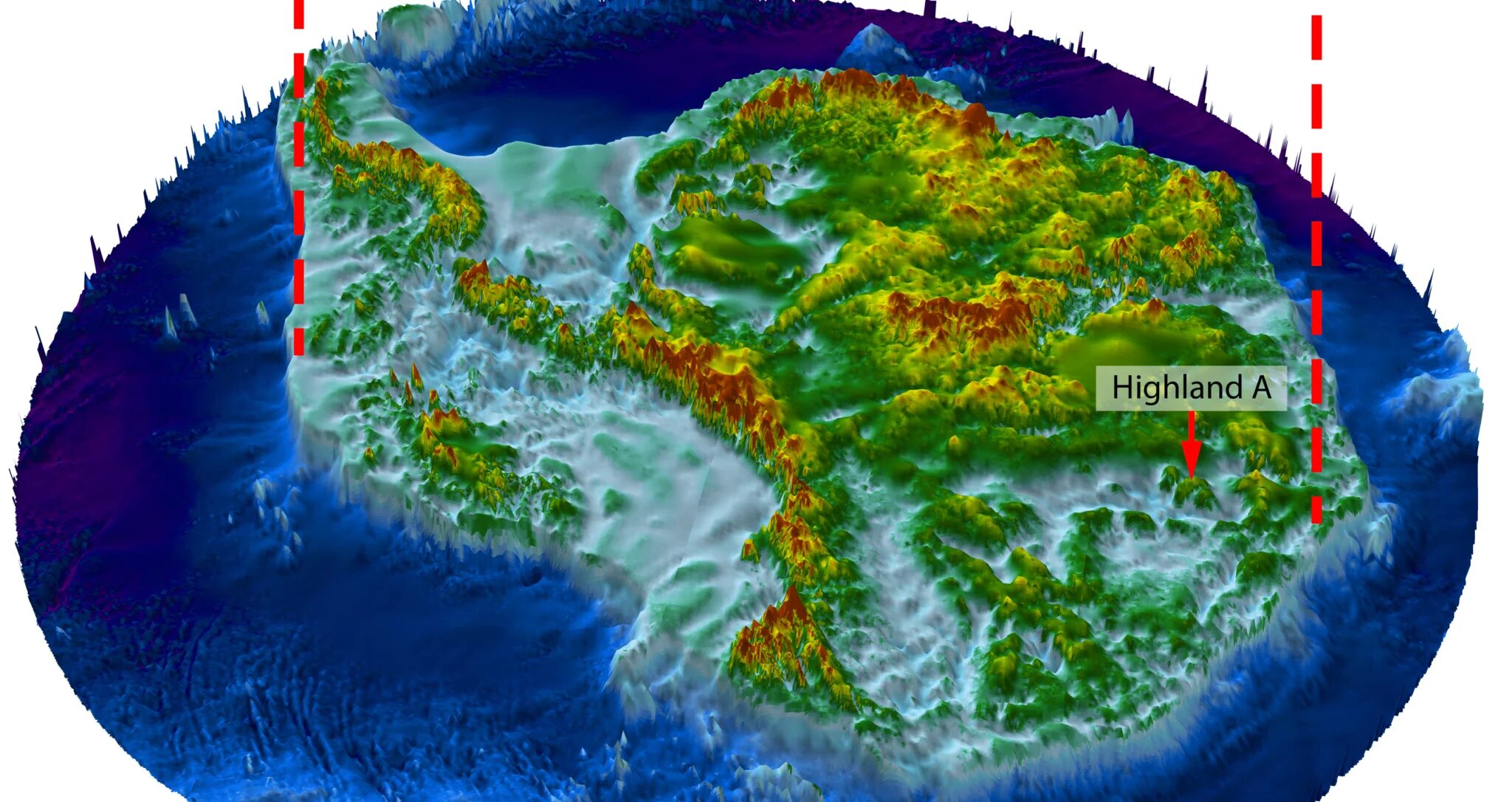
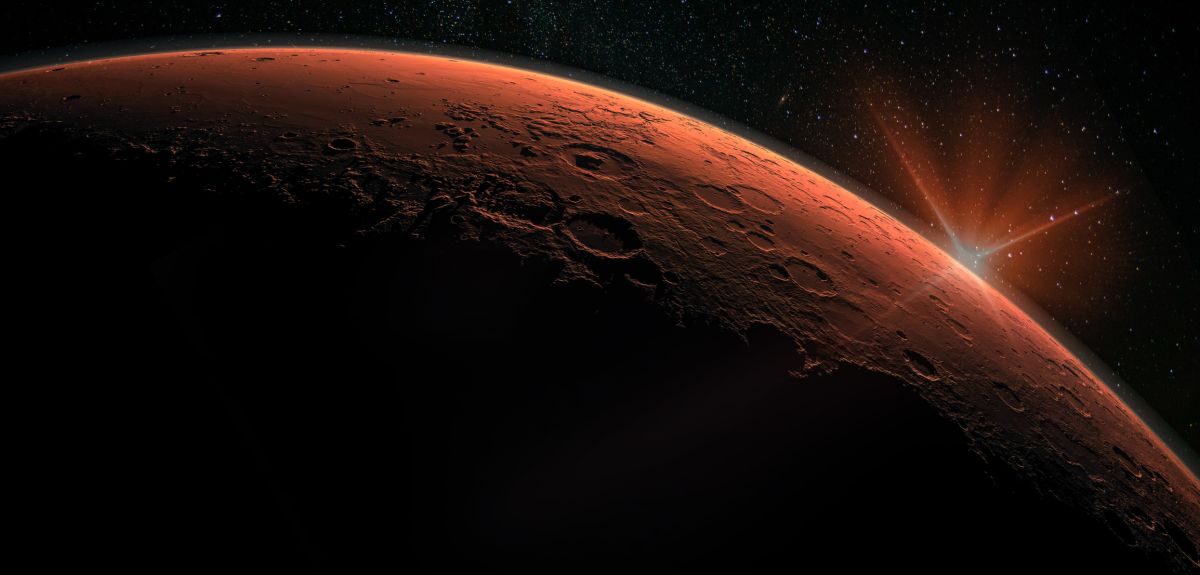
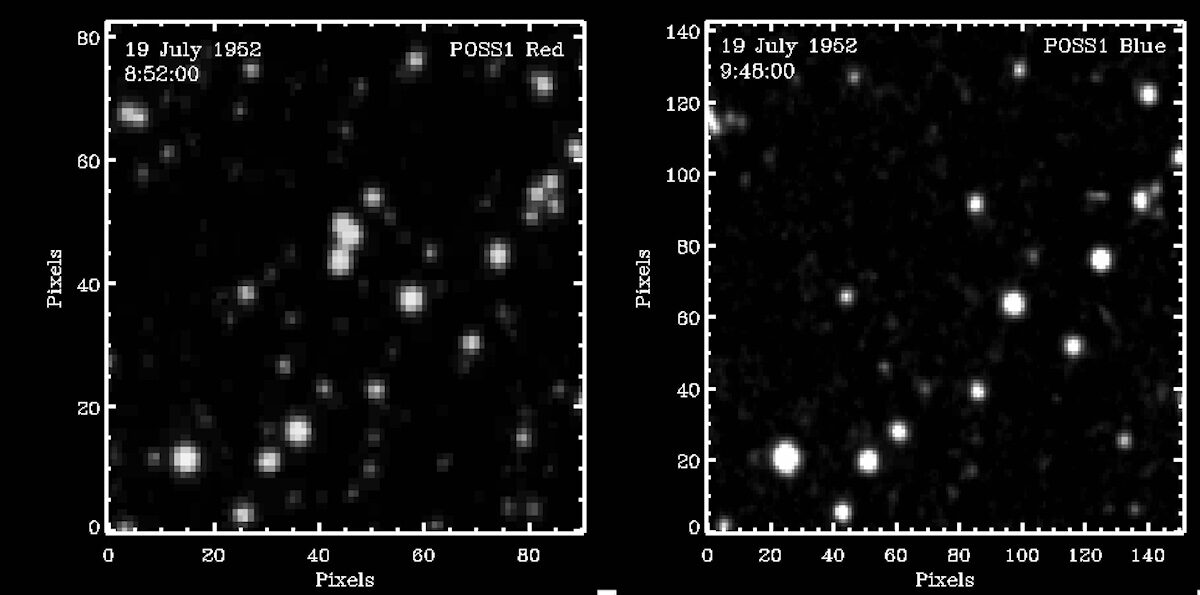
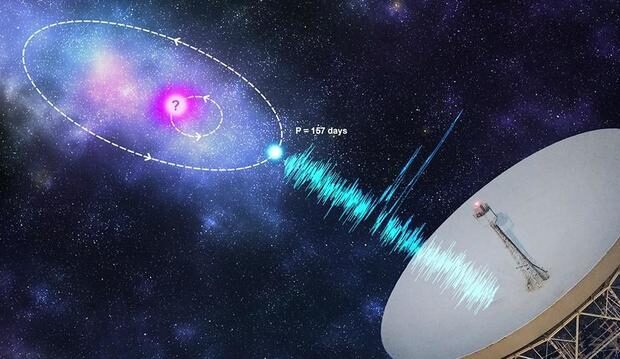

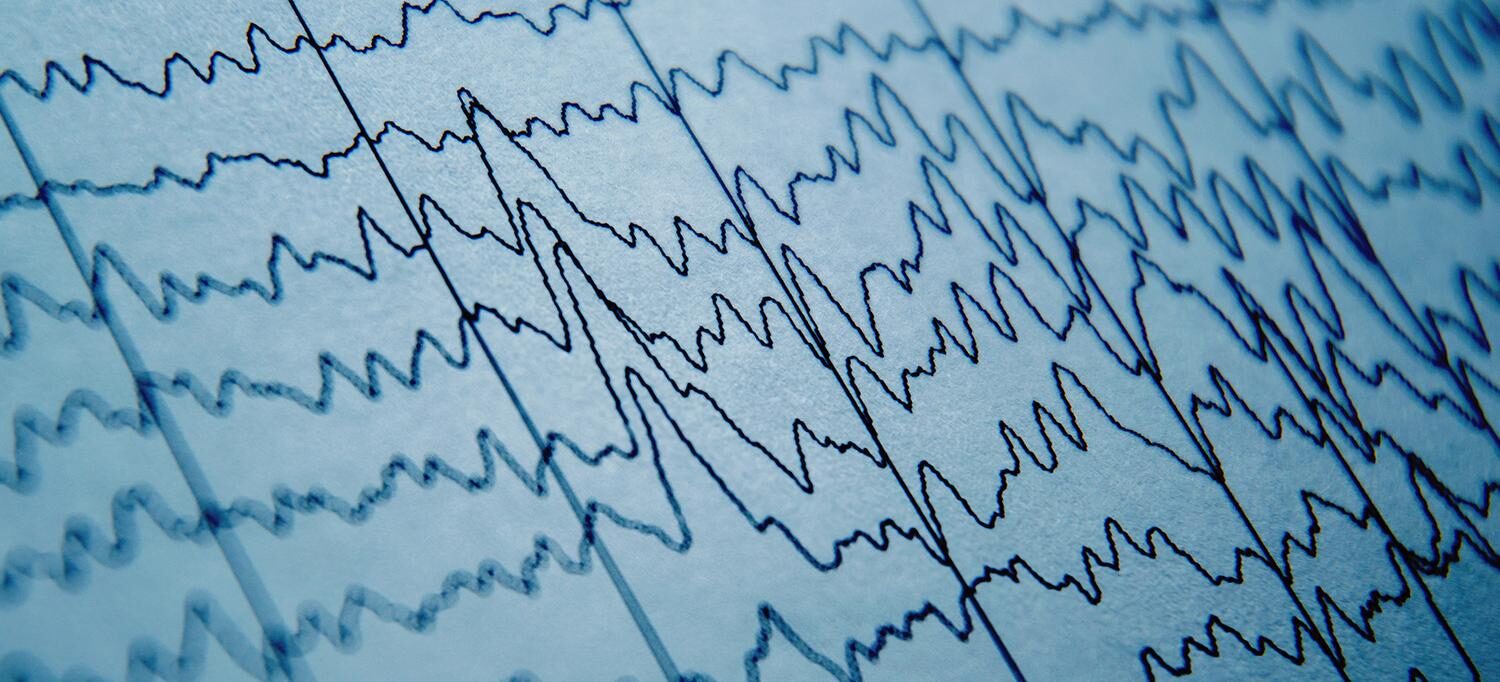




Comment: Notably that the current solar cycle is considered to be weaker than expected, and seems to be peaking much earlier than expected: Solar maximum could hit us harder and sooner than we thought
See also:
- Did Earth 'Steal' Martian Water?
- Seismic signals from Space: Intriguing correlation between earthquakes and cosmic radiation discovered
And check out SOTT radio's: